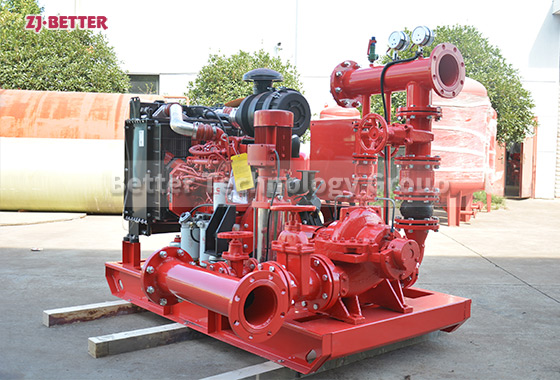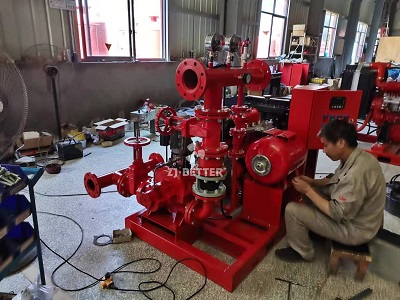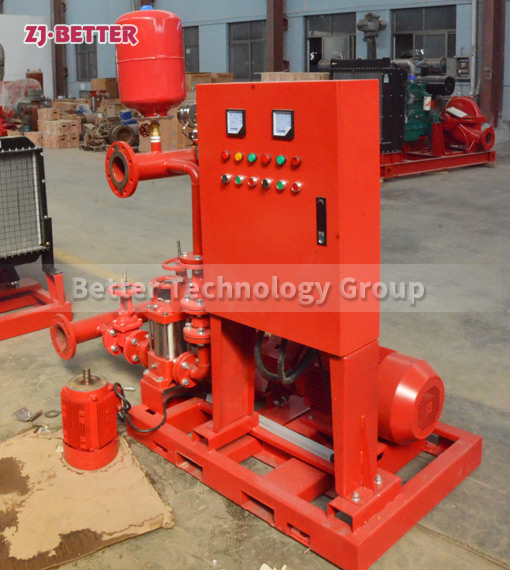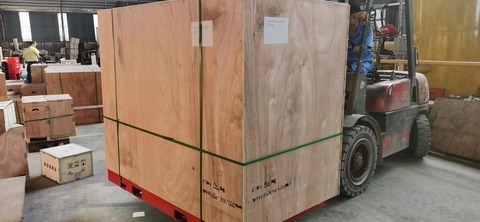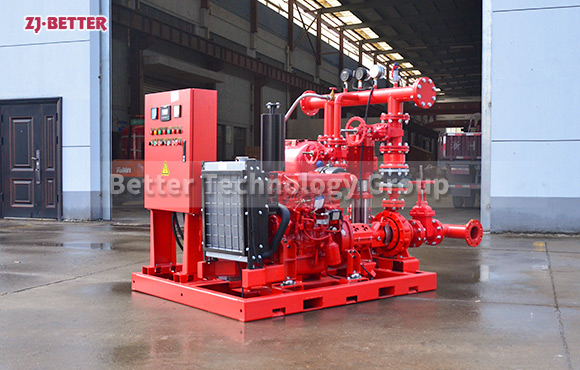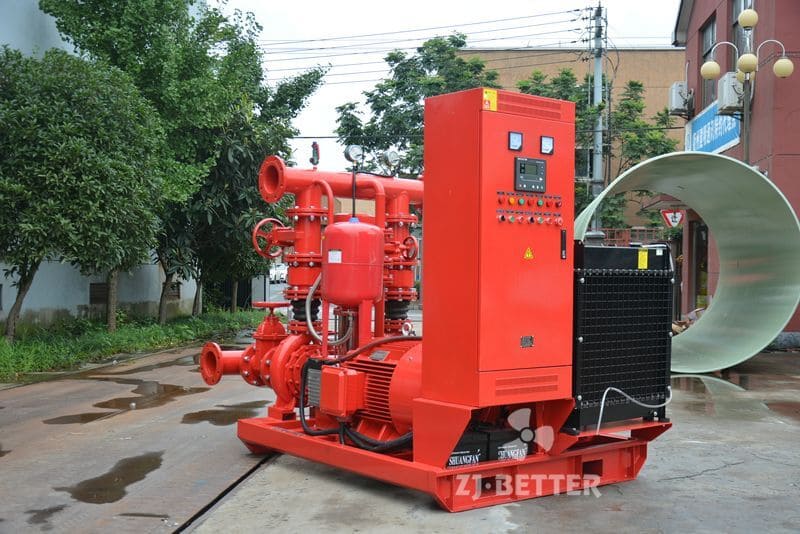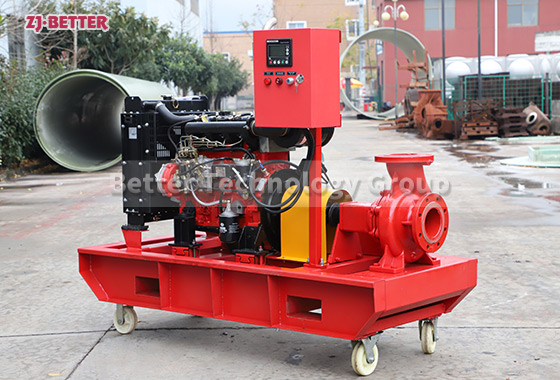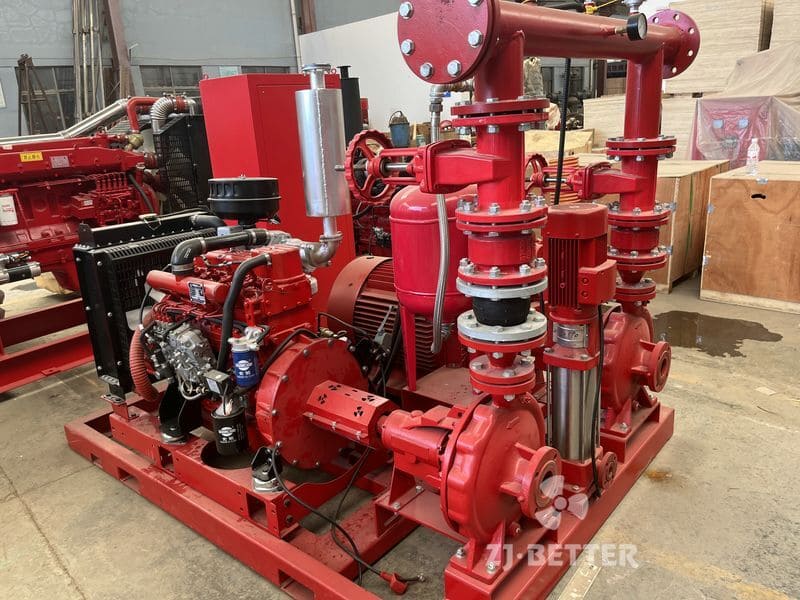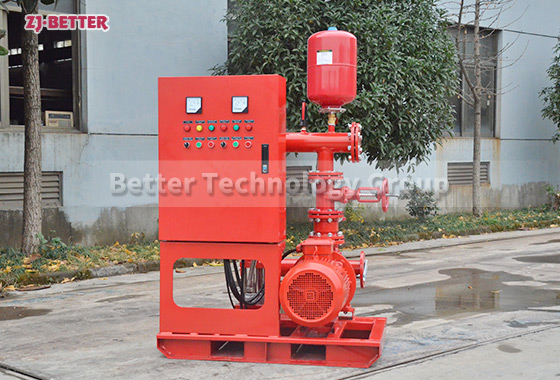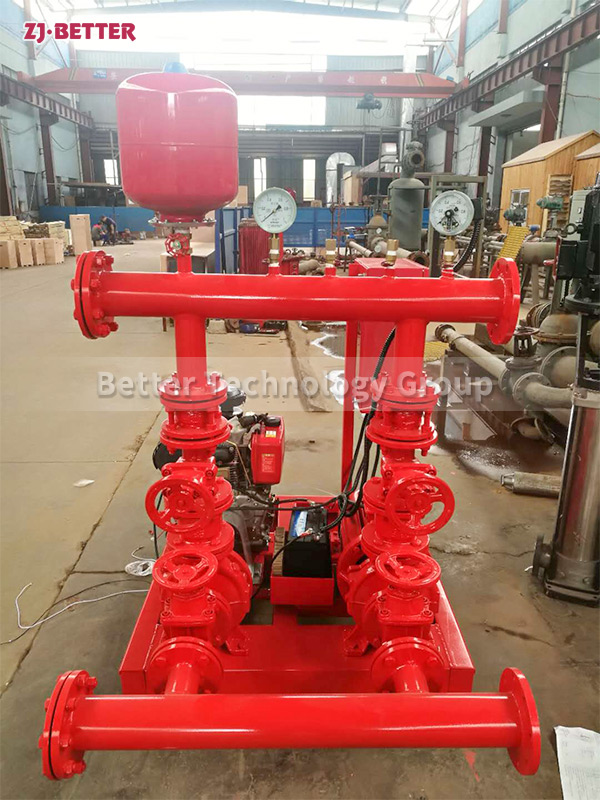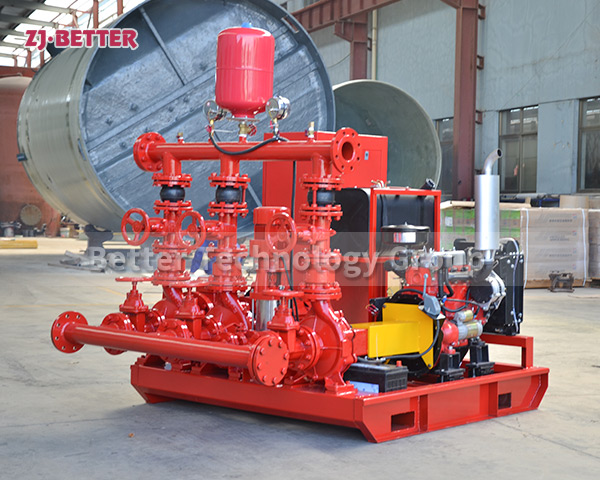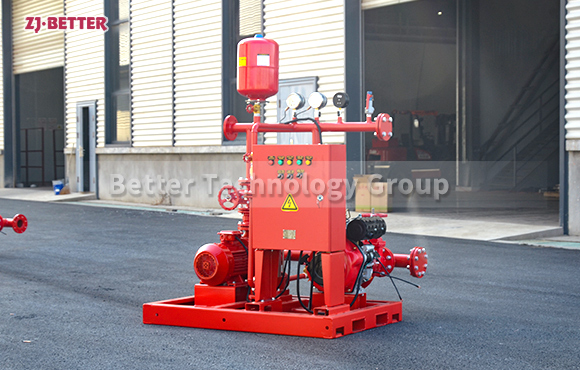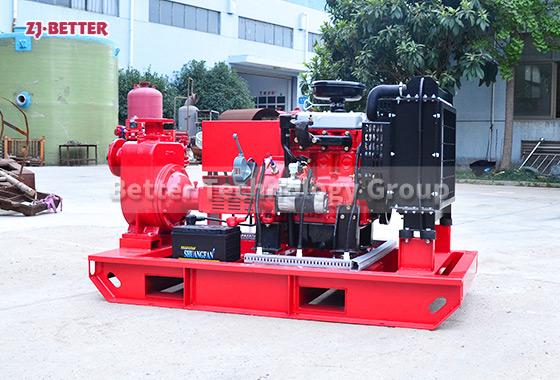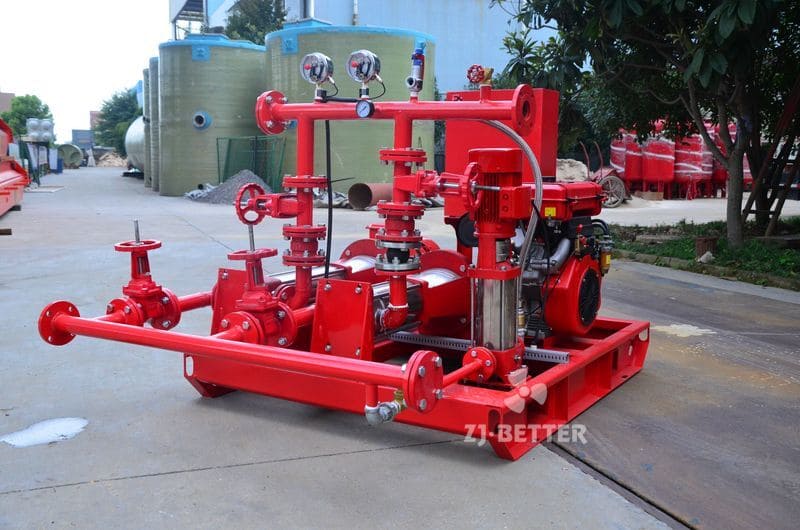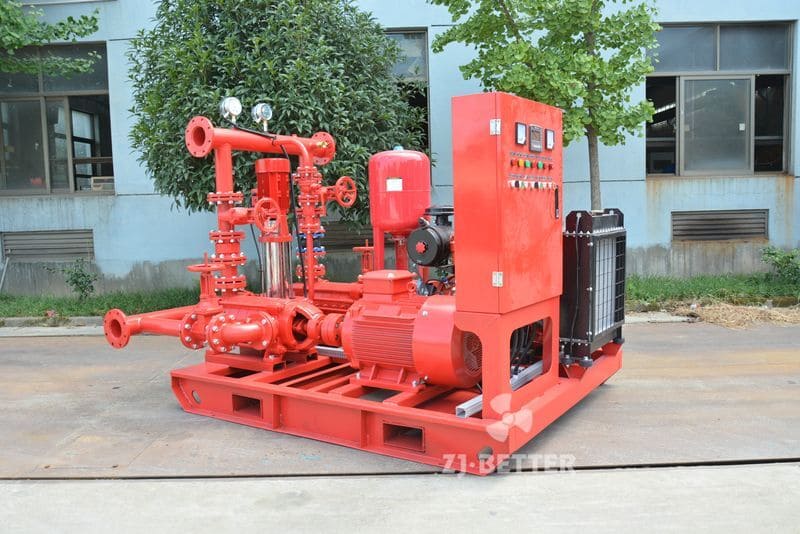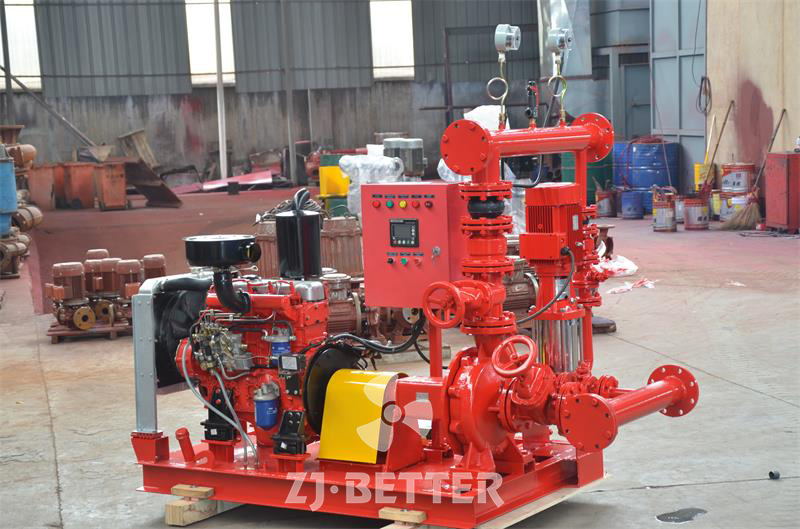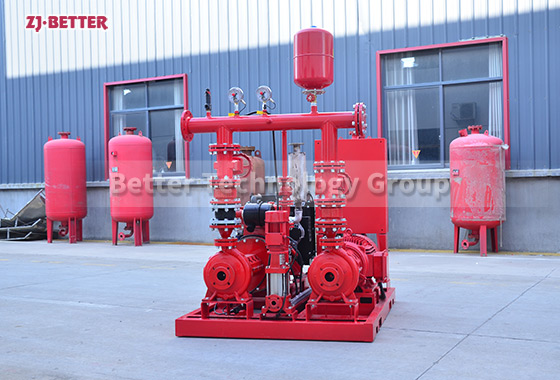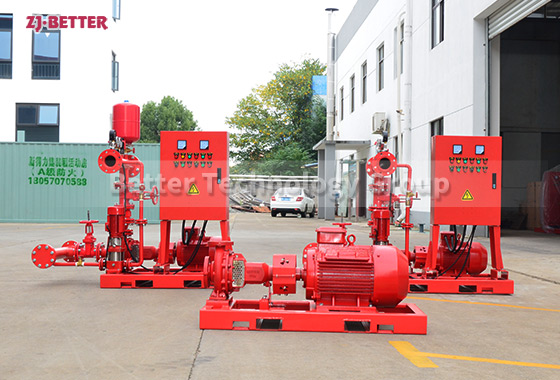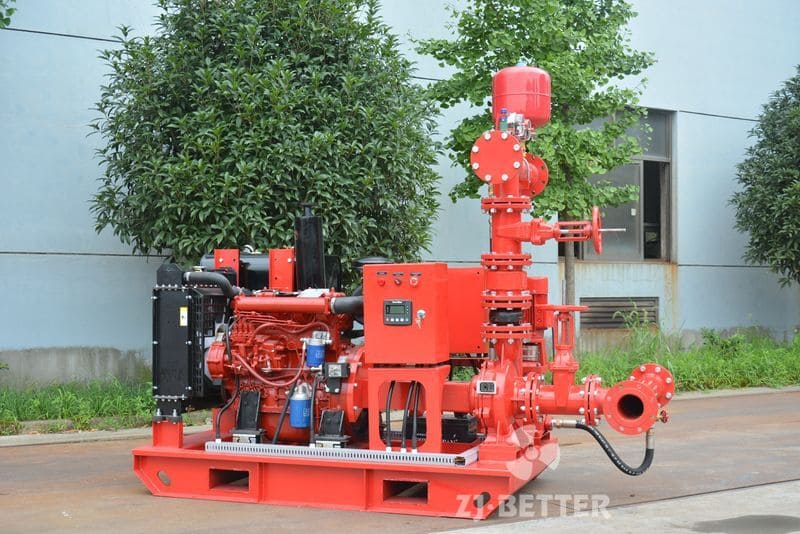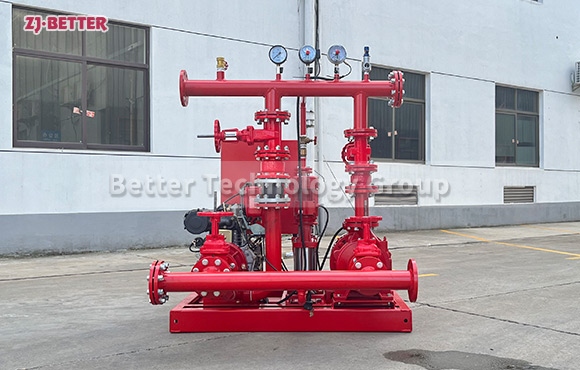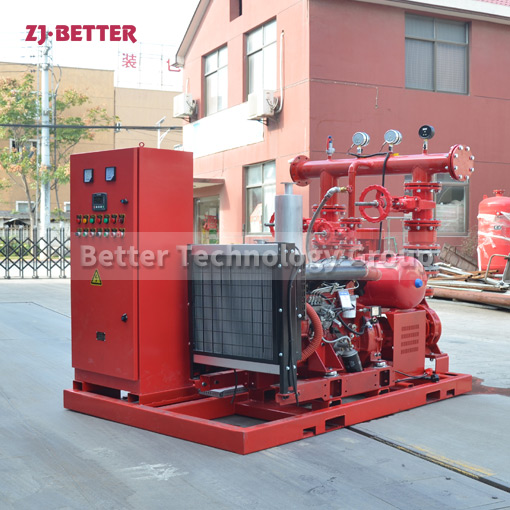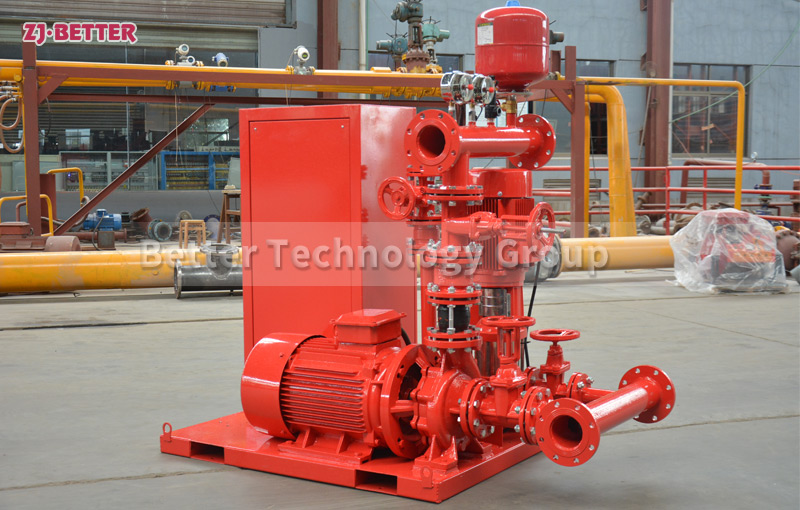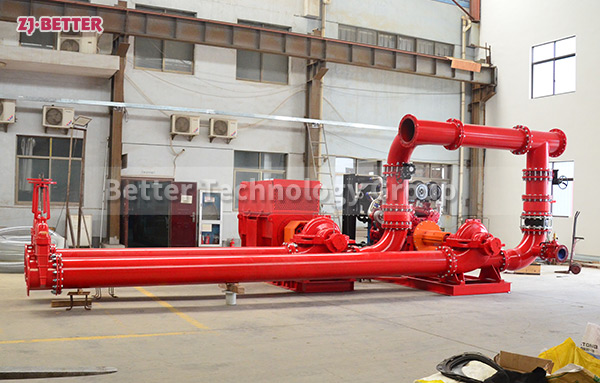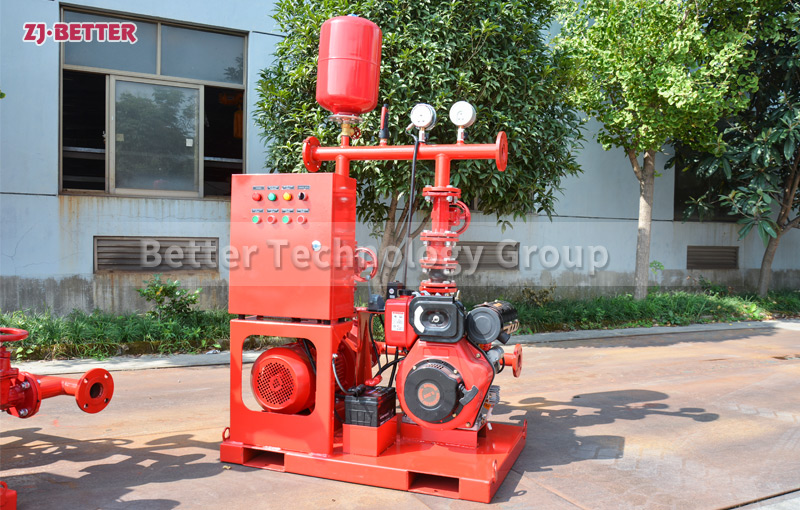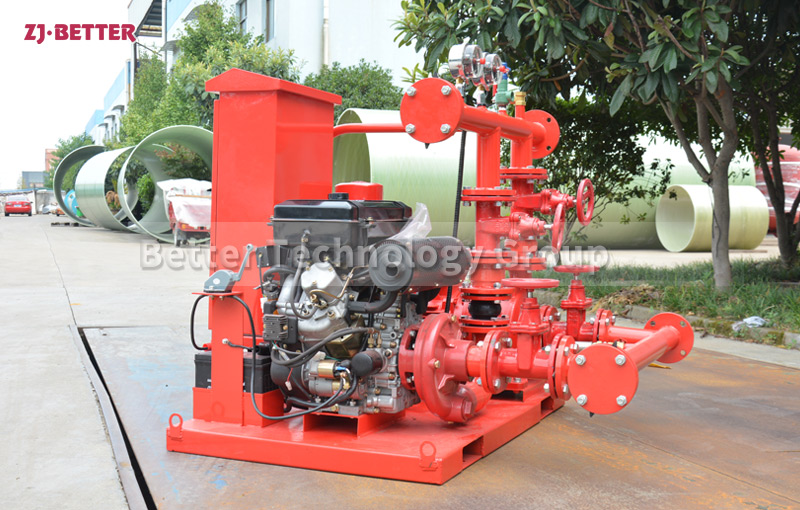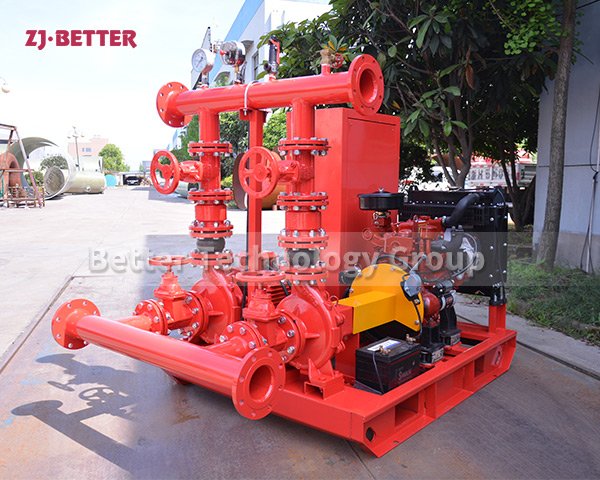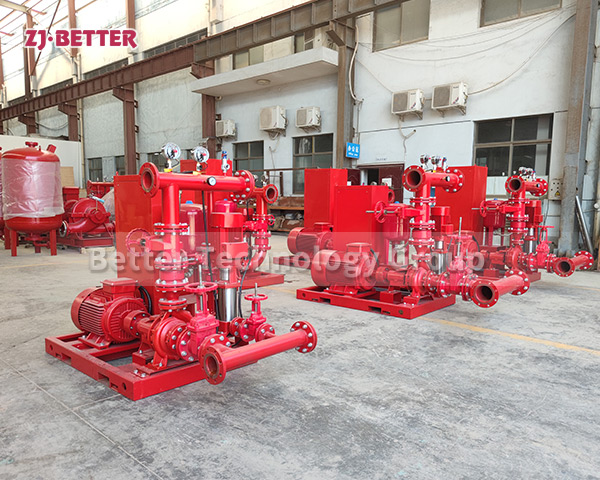Several misunderstandings of fire pump in mechanical seal maintenance?
Maintaining a fire pump in the context of a mechanical seal can be critical for safety and performance in various industries. Misunderstandings during this maintenance process can lead to inefficiencies, failures, and safety hazards. Here are some common misunderstandings related to fire pump mechanical seal maintenance:
Maintaining a fire pump in the context of a mechanical seal can be critical for safety and performance in various industries. Misunderstandings during this maintenance process can lead to inefficiencies, failures, and safety hazards. Here are some common misunderstandings related to fire pump mechanical seal maintenance:
Ignoring Regular Inspections: One common misunderstanding is neglecting regular inspections. Mechanical seals require periodic inspections to identify signs of wear, leakage, and other issues. Ignoring these inspections can result in undetected problems that could lead to a sudden seal failure when the fire pump is needed the most.
Using Incorrect Seal Materials: Choosing the wrong seal materials can be disastrous. Fire pumps often handle high temperatures and abrasive media, so selecting seals with inadequate material compatibility can lead to rapid degradation, leakage, and system failures.
Improper Installation: Incorrect installation of mechanical seals is a significant cause of failure. Misalignment, insufficient lubrication, incorrect tightening, and other installation errors can compromise seal performance and lead to premature wear.
Overlooking Environmental Factors: Fire pump environments can be harsh, with temperature variations, chemical exposure, and other factors that affect seal performance. Ignoring these environmental factors when selecting seals or planning maintenance can lead to premature failures.
Neglecting Lubrication and Cooling: Mechanical seals require proper lubrication and cooling to prevent friction and overheating. Neglecting these aspects can accelerate wear and cause seal failure, leading to leaks and potential system shutdowns.
Ignoring Vibration and Misalignment: Fire pump systems can experience vibration and misalignment due to the dynamic nature of their operations. Ignoring these factors can lead to premature wear and tear on mechanical seals, reducing their lifespan.
Inadequate Training: Maintenance personnel might lack proper training in mechanical seal maintenance. This can result in improper handling, installation, and troubleshooting, increasing the risk of failures and safety hazards.
Not Addressing Seal Leakage: If a mechanical seal shows signs of leakage, it’s important to address the issue promptly. Some misunderstandings might lead personnel to believe that minor leakage is acceptable. However, any leakage can indicate a problem that could worsen over time.
Skipping Documentation: Proper documentation of maintenance activities, seal replacements, and inspections is crucial. Neglecting documentation can make it difficult to track the history of maintenance and identify recurring issues.
Using Generic Replacement Seals: Opting for generic or non-OEM (Original Equipment Manufacturer) replacement seals can be a mistake. OEM seals are designed specifically for the fire pump’s requirements, ensuring better performance and longevity.
To avoid these misunderstandings, it’s essential to have a comprehensive understanding of the fire pump system, its mechanical seal requirements, and the specific conditions it operates under. Regular training for maintenance personnel, adherence to manufacturer guidelines, and a proactive approach to inspections and replacements can help ensure the reliable performance of fire pump mechanical seals.

